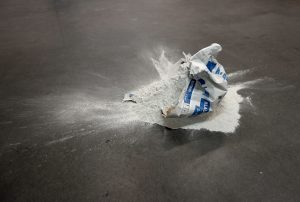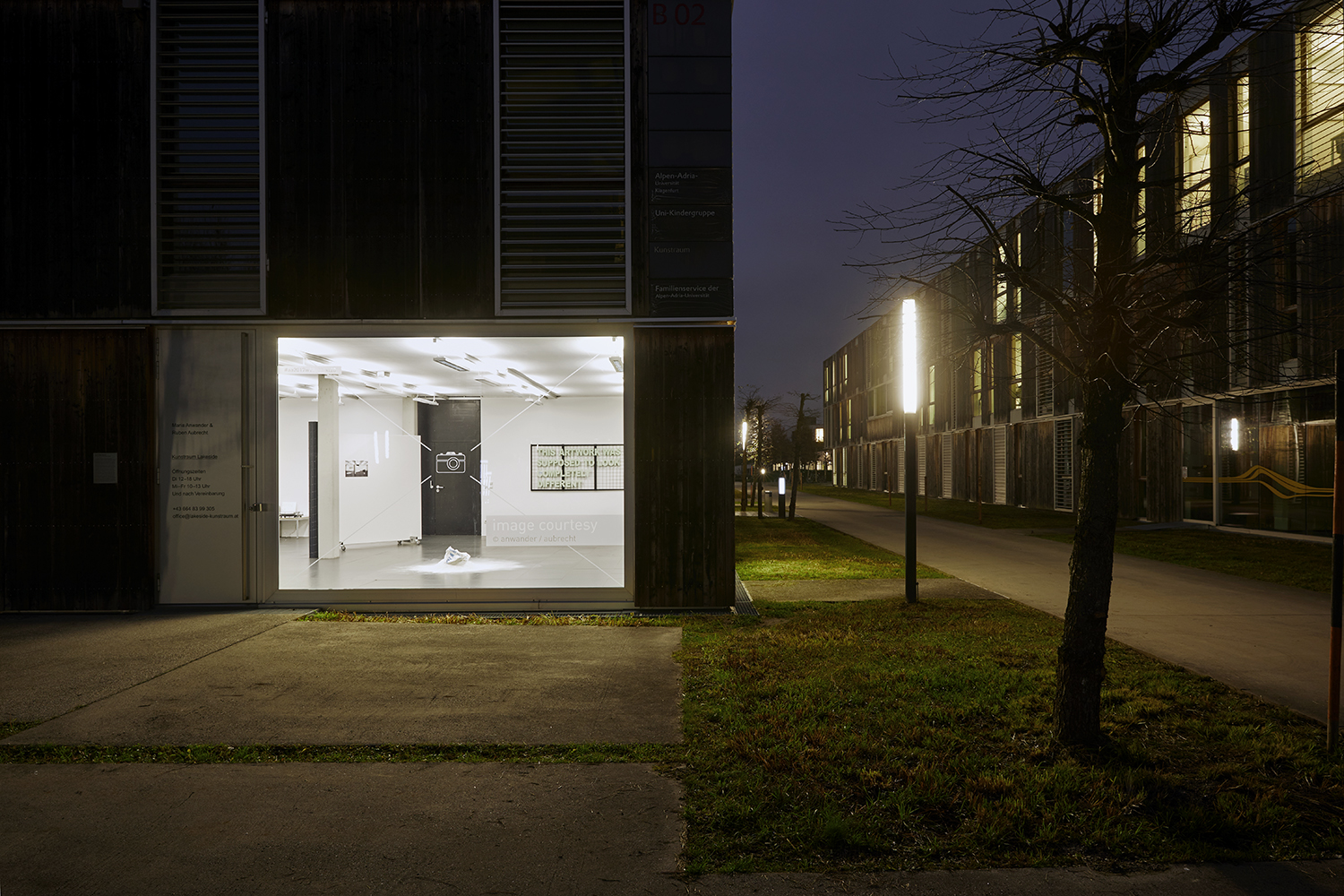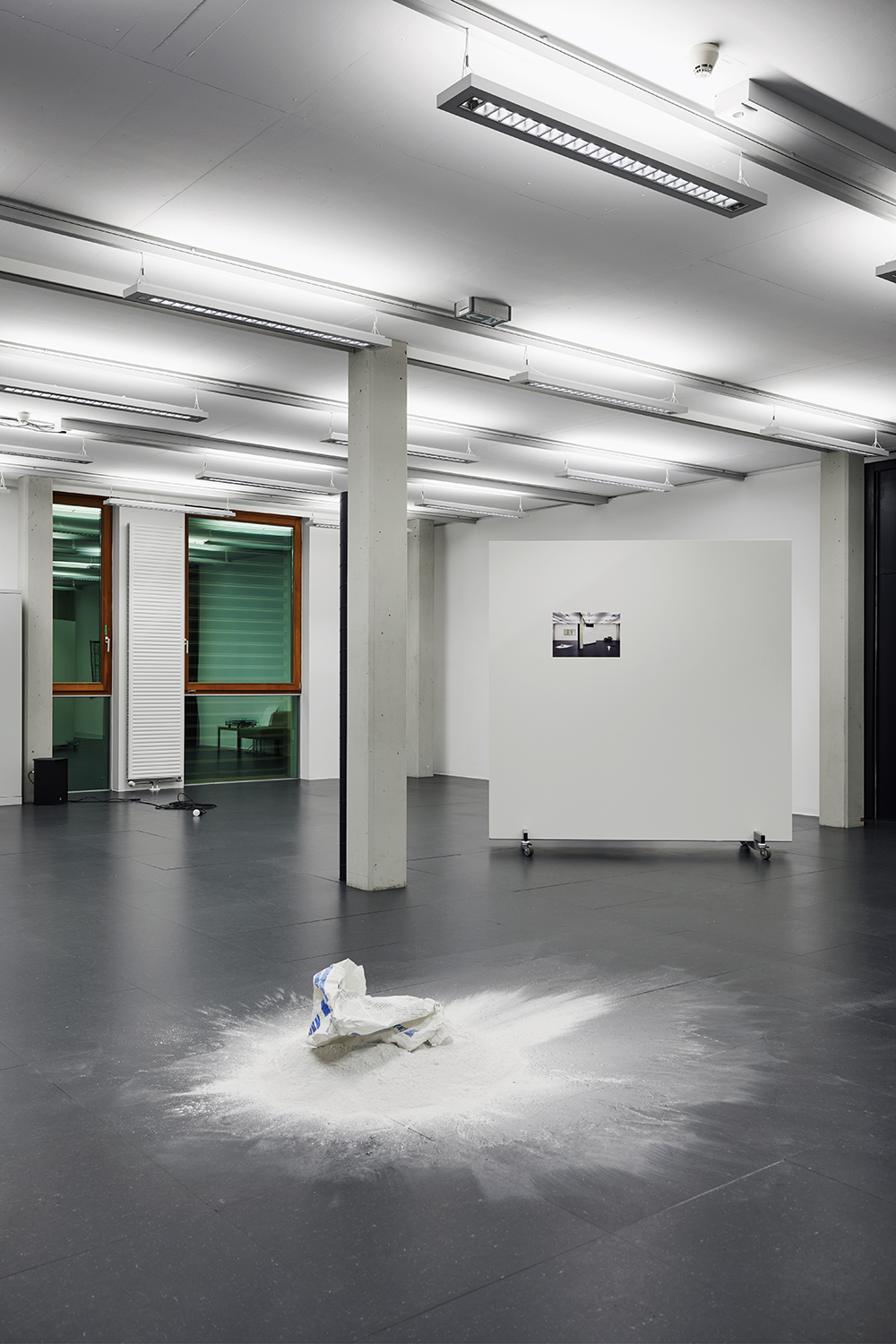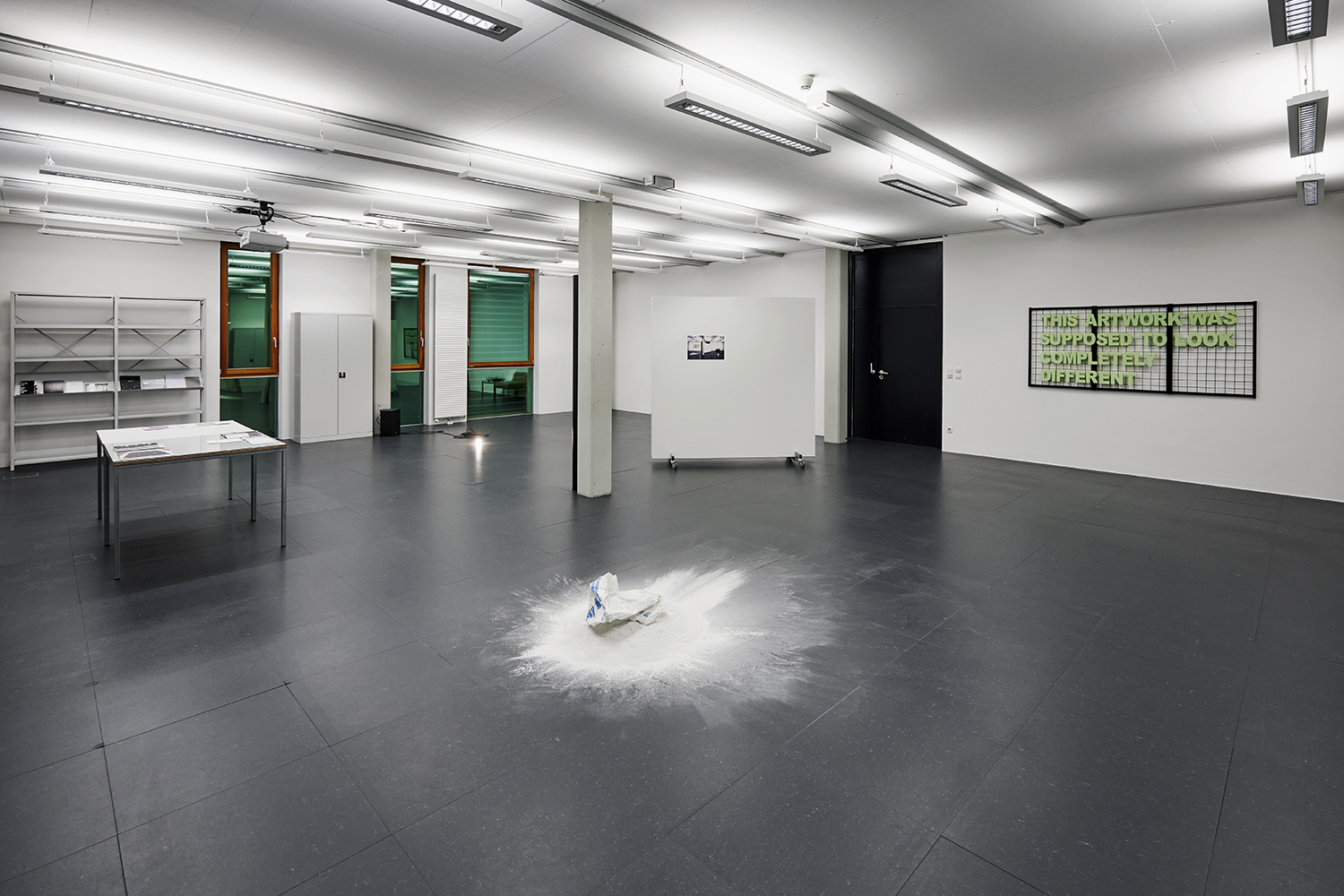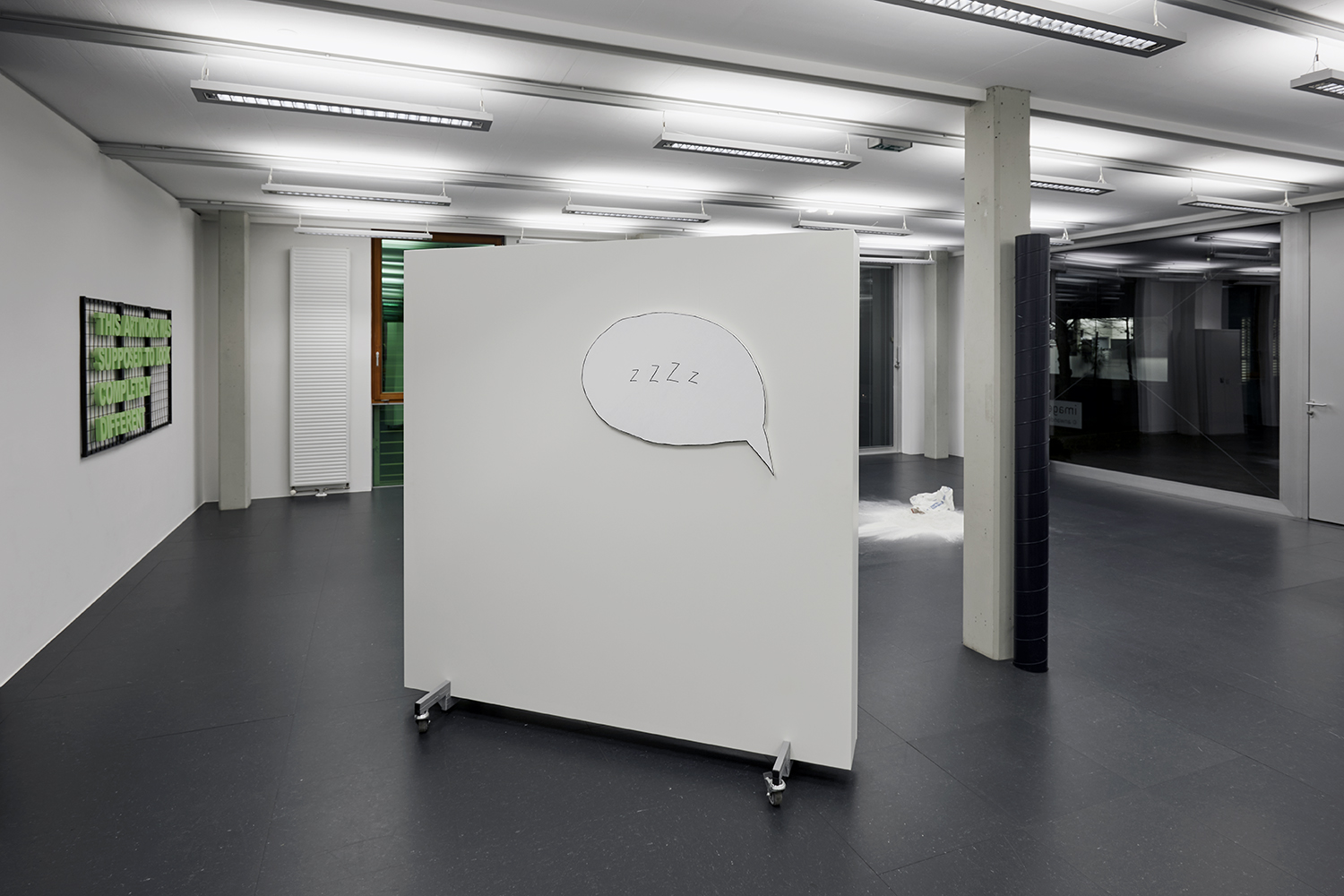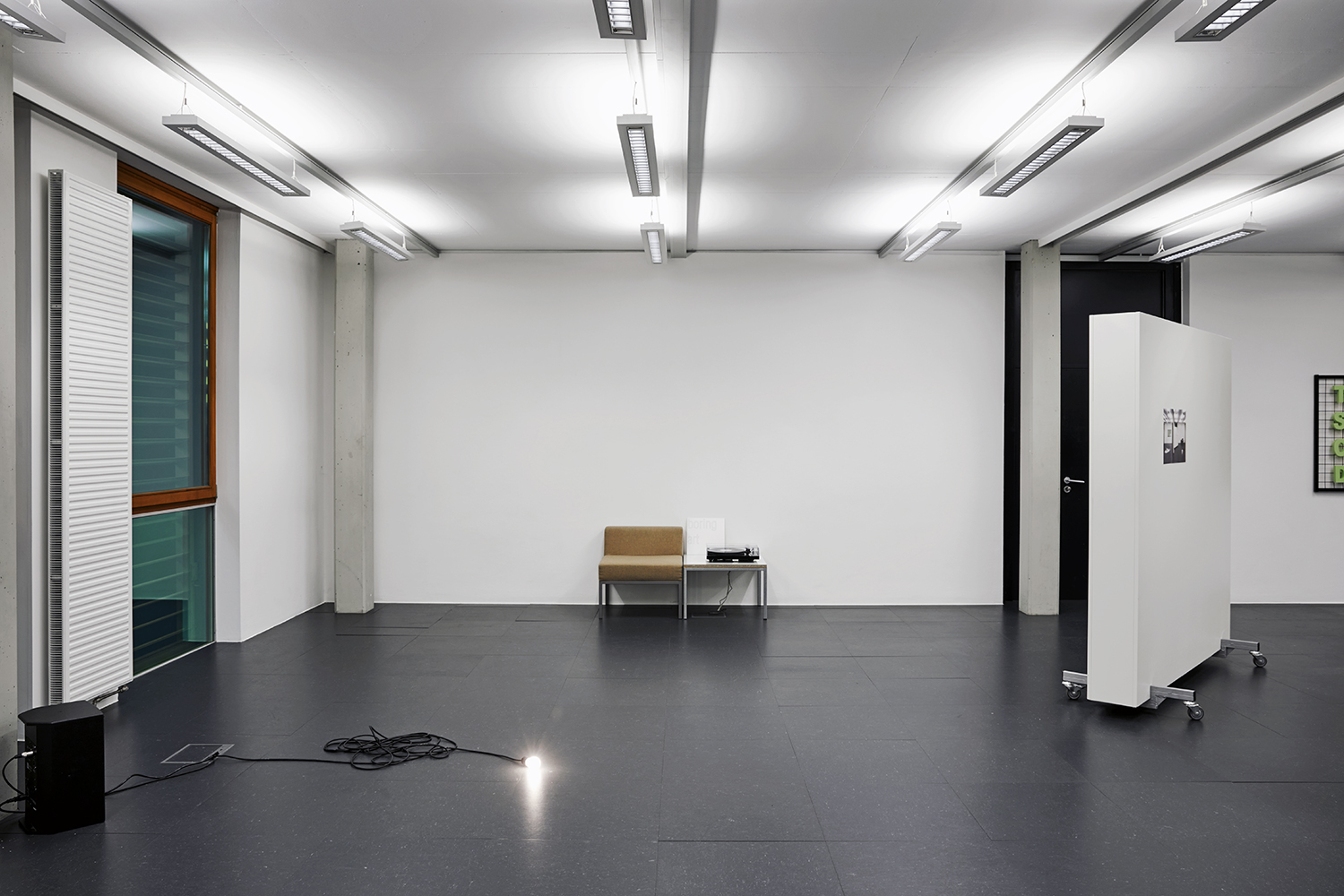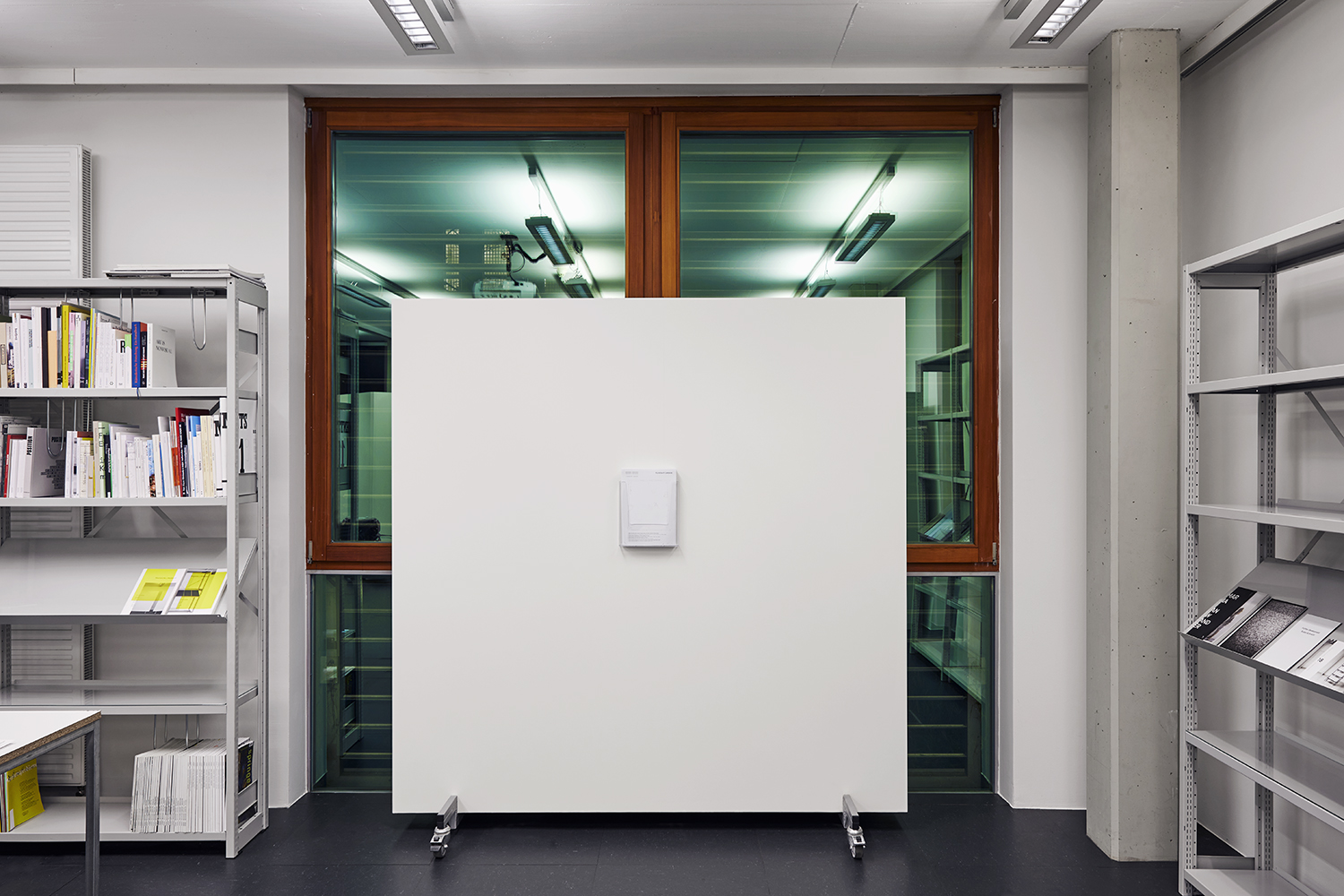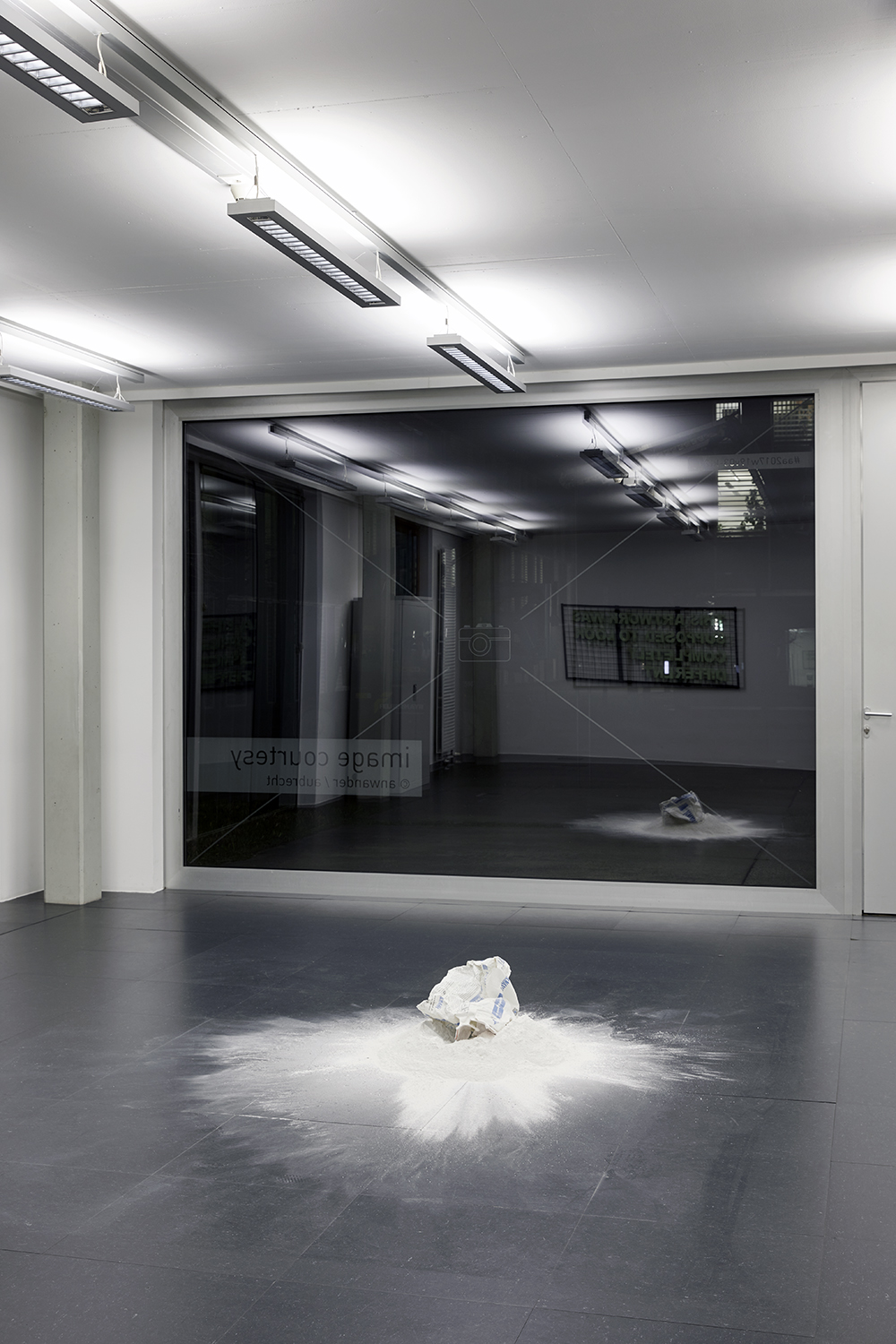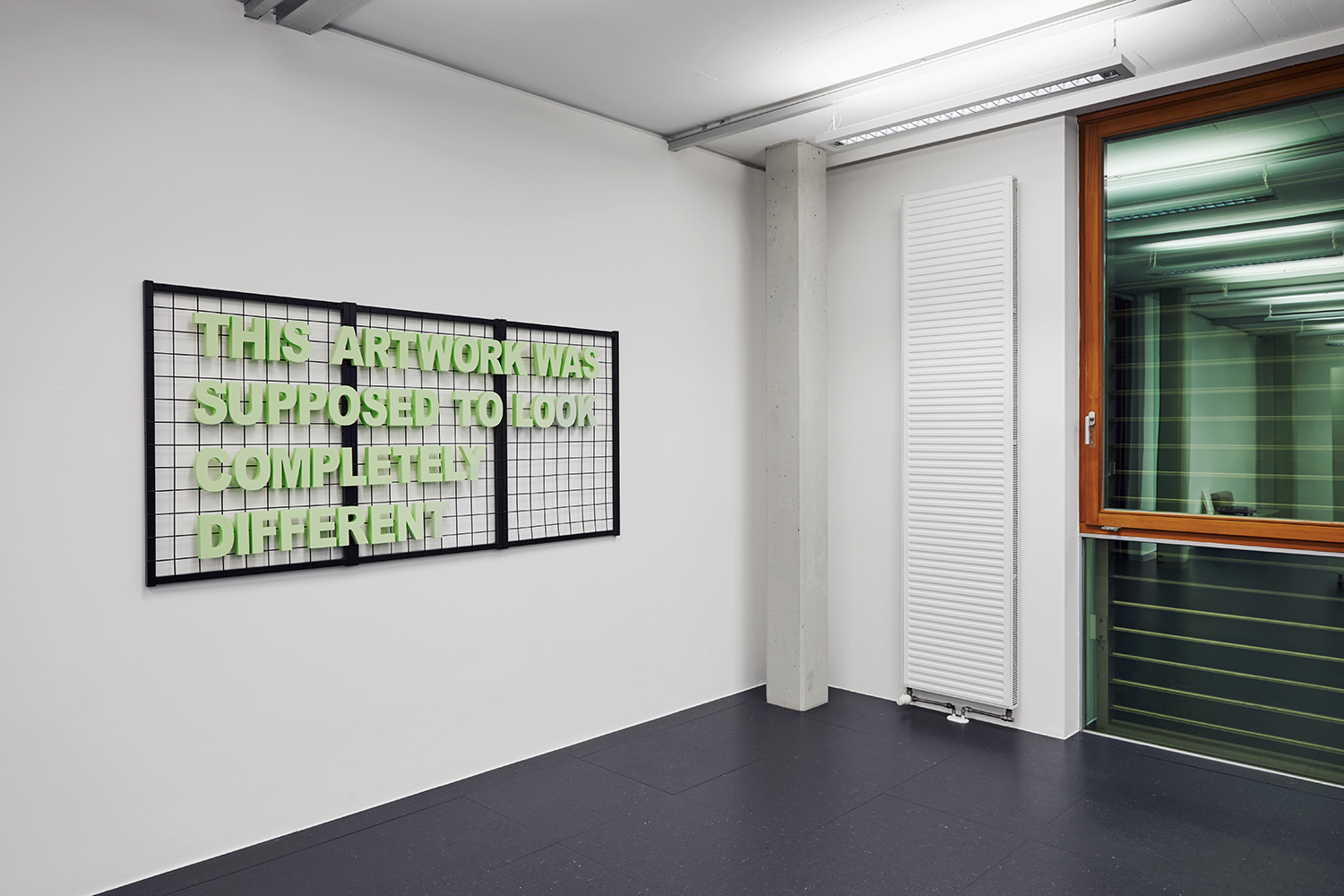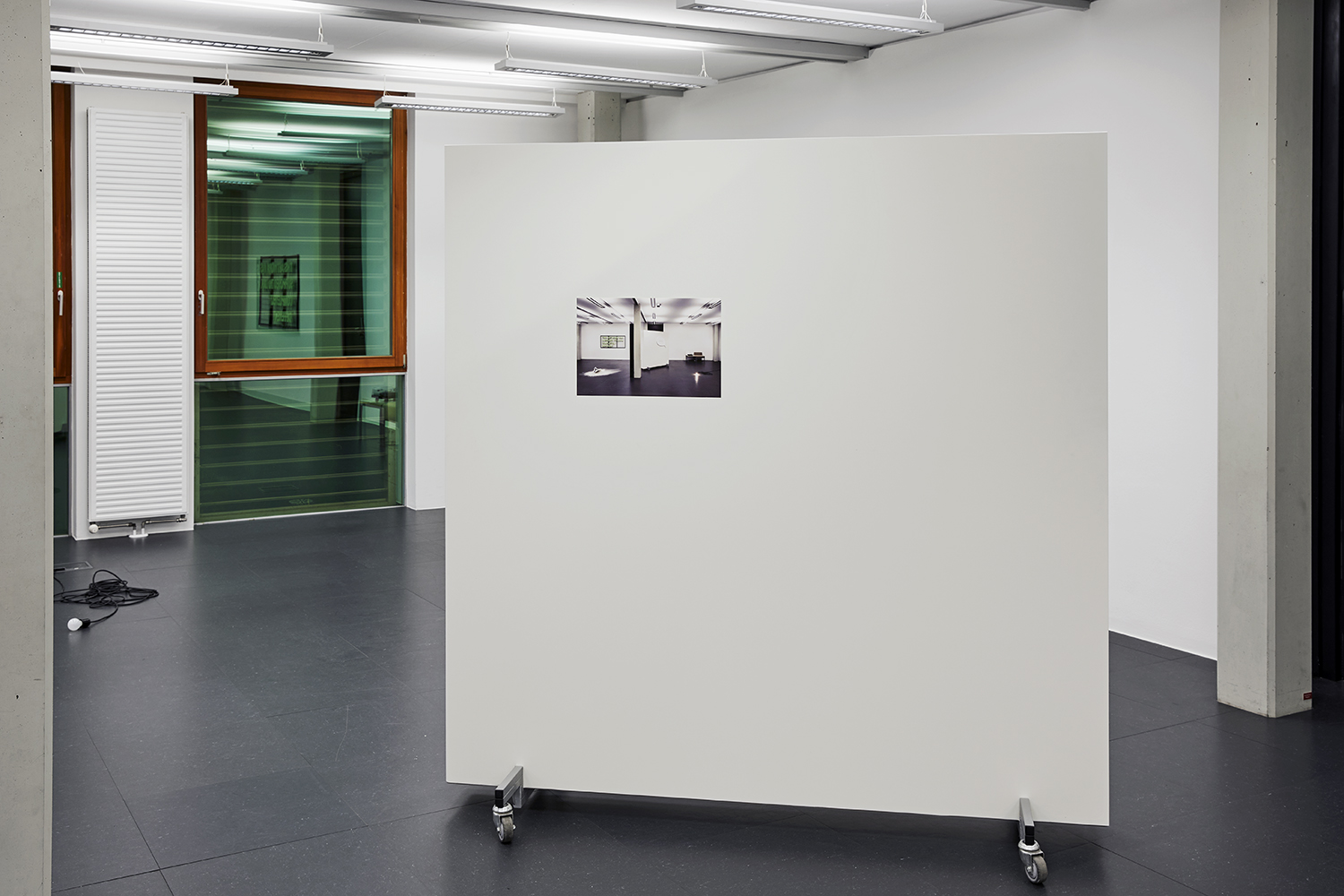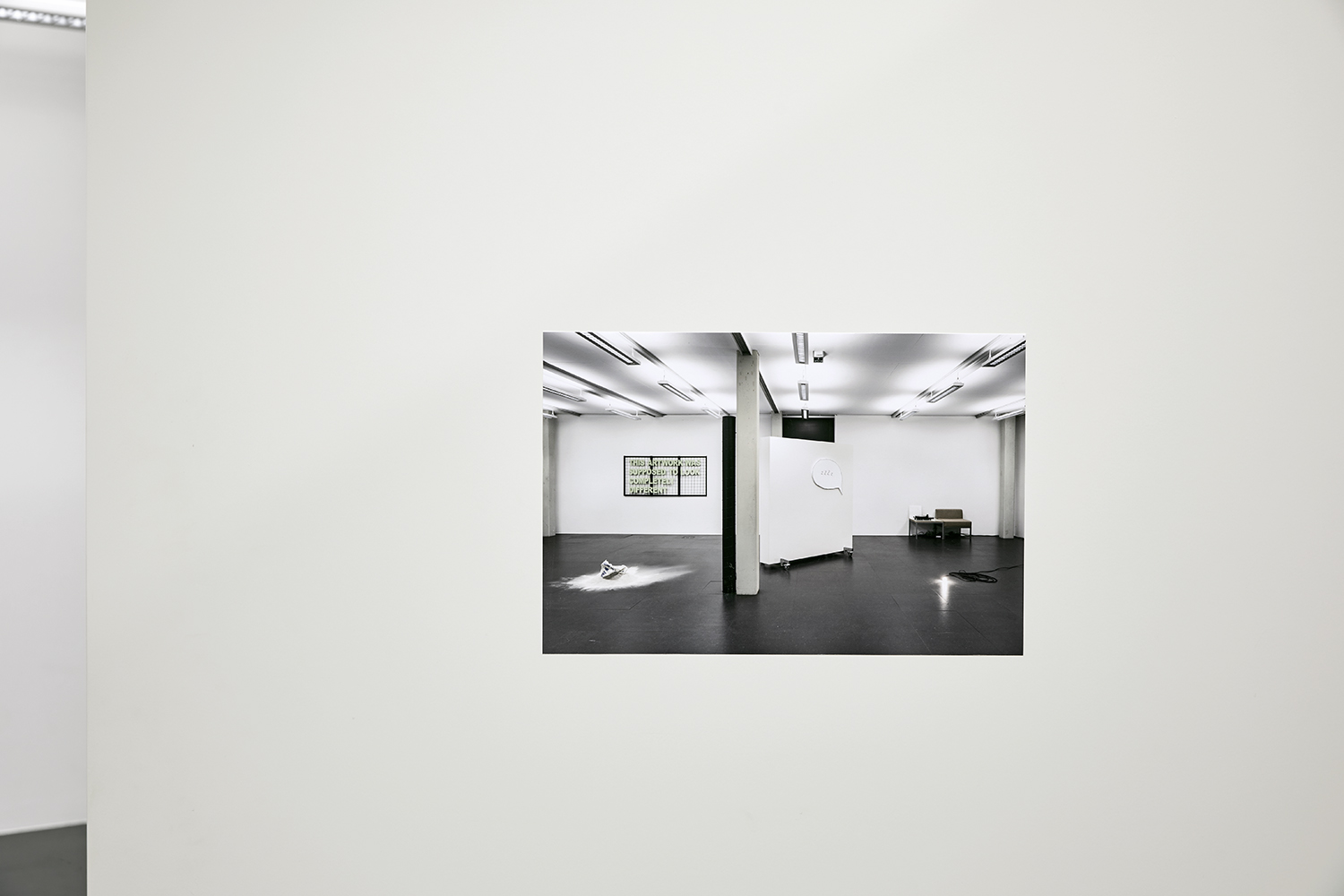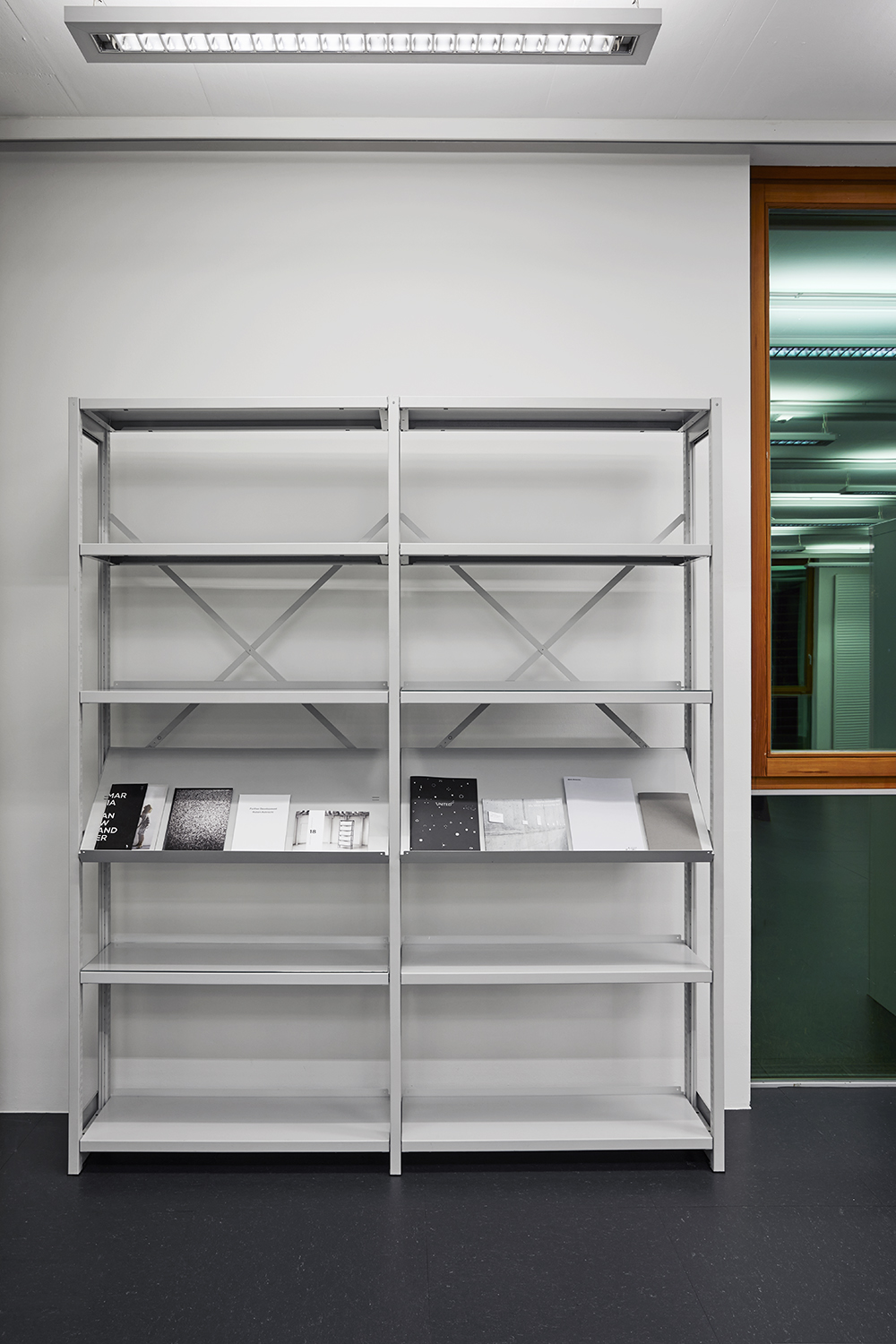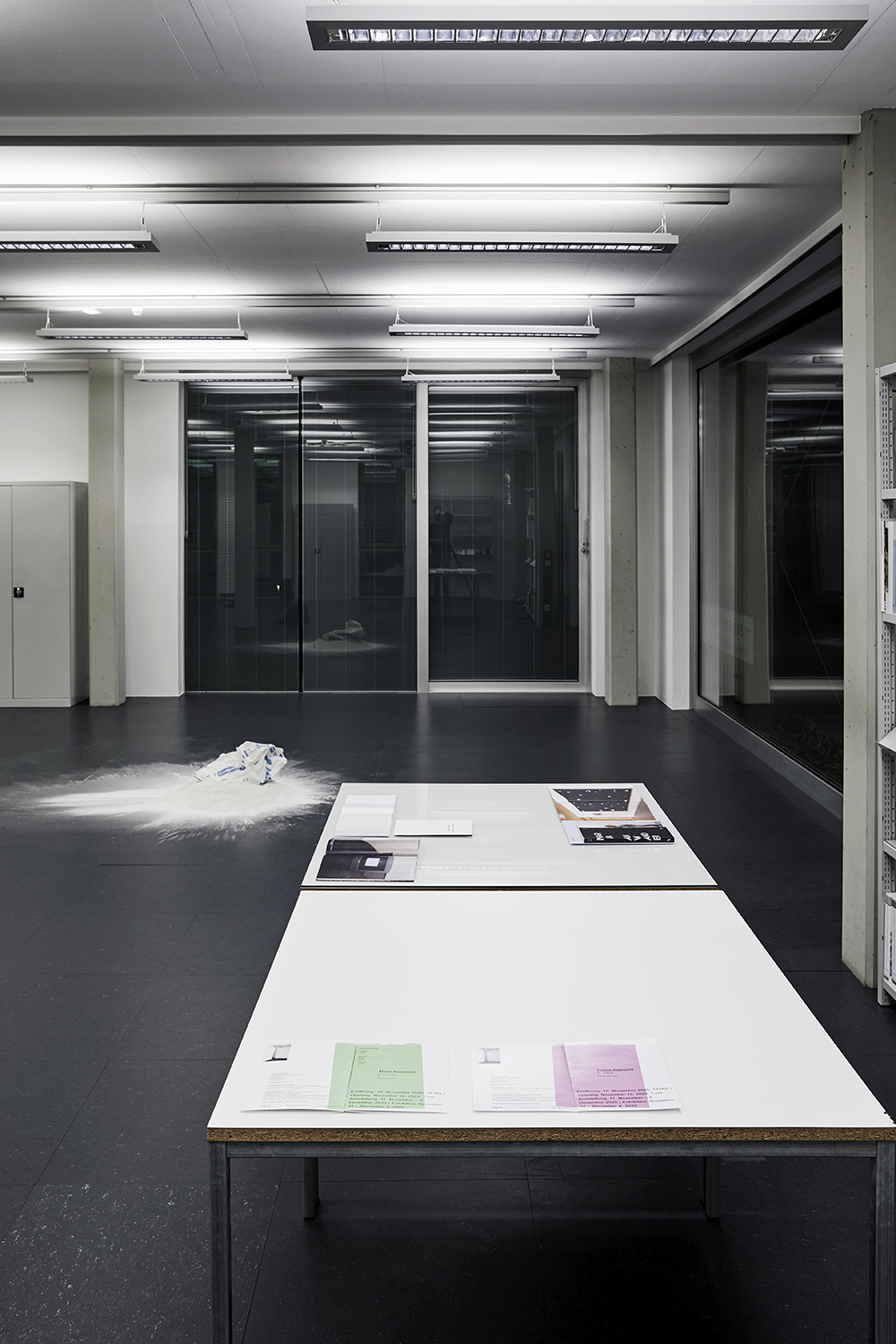Opening, November 10, 2020, 7 pm (canceled due to COVID-19)
Exhibition, November 11 – January 12, 2021
For Maria Anwander and Ruben Aubrecht, modes of collaboration are not only discussed in daily work in their studio, when they develop and implement joint art projects. Collaboration and how it manifests, the potentials and consequences of working together regularly become the actual subject of their artistic practice, whether as individual artists and or as a duo. Where does a thought originate, and who sparks it to life so that it can develop into a concept? What does it take to pursue a goal together? How can the idea of collaboration be translated to social conditions?
While Maria Anwander often deals with the mechanisms, rules, and logic of the art industry in her solo work, Ruben Aubrecht explores the media and technological prerequisites and conditions of contemporary artistic production. In the end, the two find common grounds in subversion. However, in order to undermine yet also productively reverse the current conditions and structures of artistic production at the crossroads of analog and digital life worlds, Anwander and Aubrecht frequently turn to irony and humor as stylistic devices.
In Kunstraum Lakeside the duo takes the notion of collaboration even more literally in an exhibition that highlights the sometimes deliberate, sometimes unconscious, mutual referencing between artists. The departure point is already existing artworks by Maria Anwander and Ruben Aubrecht, which are not just installed in the exhibition space one by one, rather juxtaposed each with an opposite to generate a new work that, in turn, interprets the existing one anew.
Against this background, Ruben Aubrecht refers to his partner’s 2015 sculpture titled Material for a sculpture that the artist decided better not to realize in the exhibition & Maria Anwander. The work consists of a 25-kilogram bag of plaster that has burst open on the floor, giving the impression—not just in its name but, above all, the casual nature of presentation—that the artist changed her mind during the creative process. The plaster dust spread across the floor and the ripped paper bag represent, in equal measure, a potential, the possibility to become an artwork, and the artwork itself: The plaster could have been used or could be used to create an independent artwork; similarly, it could have been or could be used to appropriate an existing work by another artist as a copy. However, it is the possibilities linked to the plaster, which could transform into reality at any time, that are the actual work of art.
Also the format of the exhibition, the constellation of the works in Kunstraum Lakeside, along with their arrangement with the existing exhibition displays are developed in collaboration between Maria Anwander and Ruben Aubrecht. The reciprocal referencing manifests not only in two mirrored works but also in two parallel and thus mirrored showcases. On the one hand, the exhibitions enable visitors to draw spatial and conceptual connections between the respective artwork being referenced and the act of referencing; on the other, to view two spatially and conceptually independent exhibitions in one go. The communication strategy follows similar lines: The printed invitation card as well as its dissemination in digital space purport, at first glance, that there are two exhibitions. But upon closer inspection, they are ultimately a joint product. The names Maria Anwander and Ruben Aubrecht virtually begin to blur; a clear distinction between artwork, artist, or exhibition is almost impossible.
A series of other works specially developed for the exhibition—collectively devised as references to the original artworks—complement the parcours: among others, the large-format lettering This artwork was supposed to look completely different (2020) mounted to lattice, a sound piece with the title Untitled (a boring piece of art) (2020), and existing works such as Image Courtesy (2017), a watermark printed on the main window of the Kunstraum, which makes everything lying behind it the possession of Anwander and Aubrecht. The relationship status of Maria Anwander and Ruben Aubrecht—as independent artists and colleagues, as temporary collaborators, as a couple—becomes more and more obscure and therewith the actual subject of the exhibition. As the presented works are intended more as processes of a (possible) collaboration than completed artistic productions, themes like the artwork’s status in the digital mode of permanent availability, its fluidity regarding authorship and other identity ascriptions, and last but not least the shared thought process as a fundamentally relational momentum in artistic production rise to the surface.
Ruben Aubrecht (b. 1980 in Austria) lives and works in Berlin.
www.rubenaubrecht.net
